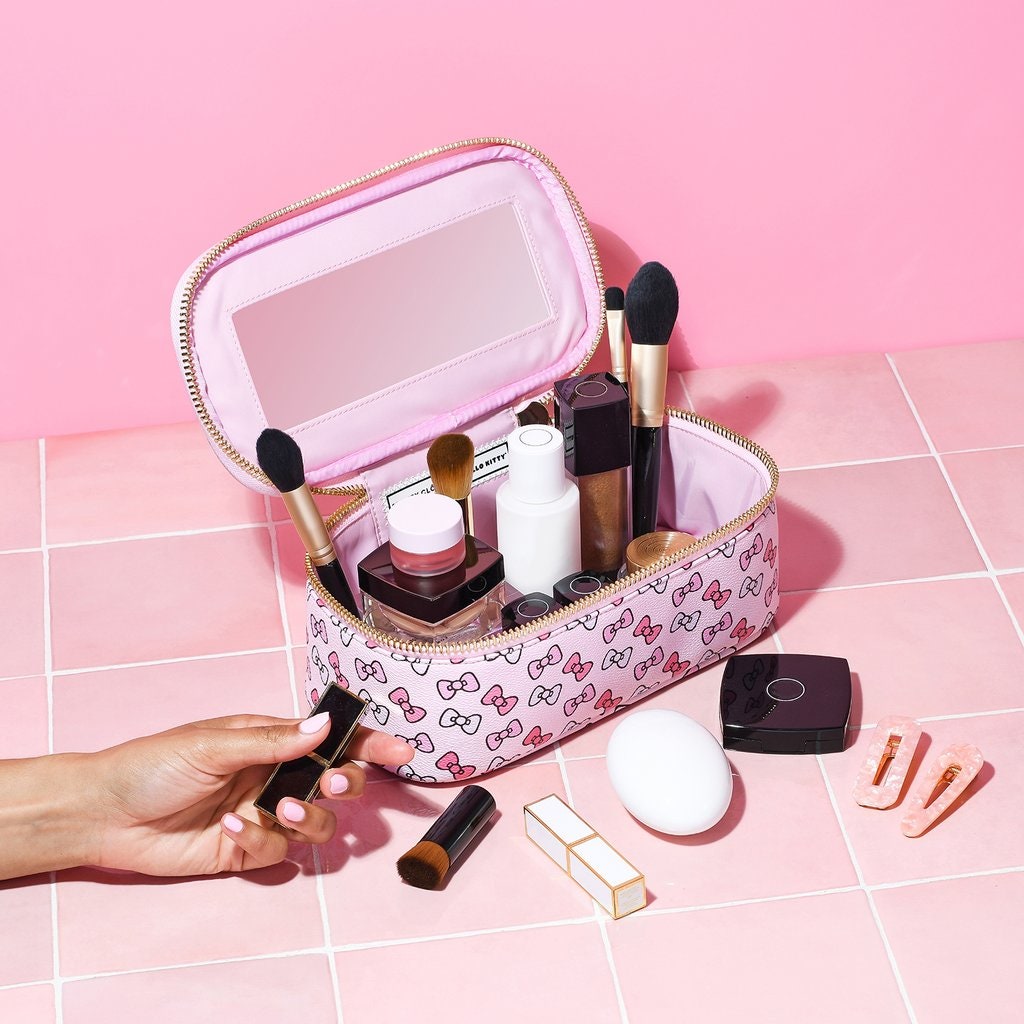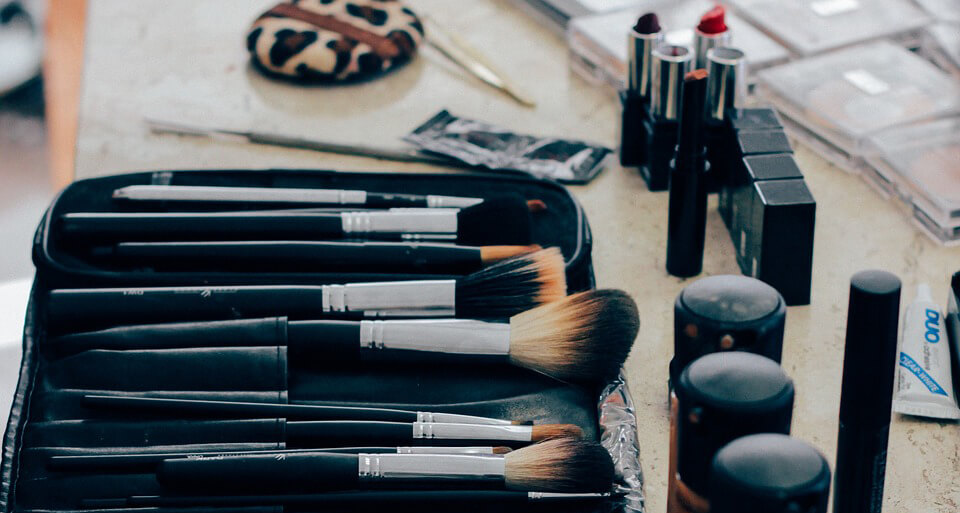
CHOOSING THE RIGHT FOUNDATION FOR YOUR SKIN
Ever wondered how celebrities look so dazzling at each public appearance? Yes, they are as normal looking human beings as we are. But it’s all about the game makeup play on their faces. You know what? The base of every superfluous makeup is its foundation. The first step to flawless beauty is finding the perfect shade of foundation for your skin. The best way to smooth out all the spots, blotches, and imperfections of your skin (and that’s very much normal) is picking the right foundation. After all, faces are complicated, having different skin tones on different areas of the face.
Foundation, when used properly, has the power to turn you into a glowing diva. Likewise, it can be terrible if done wrong. The struggle in getting this critical product right is real! Choosing the right foundation for your particular skin type and ensuring it’s the right shade is an exhausting task. It can be a tricky game of chance with the numerous shade options available on your hand.
Knowing your skin type and undertone is essential to finding a flawless foundation match that will look as gorgeous on you as your natural skin does. Applying the wrong shade will result in your face looking a different color to the rest of your body which is really unappealing.
Our handy tips will turn you into a foundation maestro. Read on to be a pro:
Know your skin type
Understanding your skin’s needs and concerns will help you narrow down the list. Ranging from mousse and liquid to cream and powder, foundations come in many formulations. Pick a formula that will work best for you.
Oily Skin: For oily skin, try an oil-absorbing foundation that makes your skin look matte and shine-free. Oil-free liquid foundations give you light to medium coverage, whereas cream and compact foundations provide a full coverage. Select a product that contains silica beads and lecithin that tend to absorb moisture and prevent shine.
Dry Skin: People having dry skin should go for a hydrating powder foundation, a liquid or a stick one. Having a creamy consistency, it delivers moisture to the skin and gives great coverage.
Stay away from powder and mattifying foundations as they will make your skin look chalky.
Combination Skin: If you struggle with the greasy skin in some areas and dry in others, try effectively blending and complementing formulas and avoid foundations that are formulated
to be oil-rich.
Identify your undertone:
Your undertone is a major deciding factor toward choosing the right foundation. Look at your bare skin to determine the undertone. If you see hints of yellow gold tones, you have a warm undertone. If your complexion is rosy or pink, you’re probably under the cool toned category. If it’s a combination of both, you fall under a neutral undertone. Another trick is to look at the color
of your veins in your wrist. If they appear more deep purple or bluish, you’re cool. If they appear greenish or olive, you’re warm-toned. If they’re a mix of the two, you’re neutral. Now pick a foundation according to your undertone. Mostly, Indian skin is bound to have some yellow undertones, pink or peach colour based foundation makes you look chalky and old-fashioned. A yellow-based foundation blends superbly into skin, giving a fresh, healthy skin tone.
Match the right shade
The safest spot to test whether a foundation is a complement for your skin is your neck or jawline. Foundation is not used to create a fairer skin tone. The perfect shade looks like an almost flawless blend into your skin, giving a bit brighter and glowing skin. Shades making your complexion fairer or darker leave you looking ash-colored or frightful. It means you have picked a wrong product. Now do a stripe test in natural light. Take a shade best suits your skin and gently blend it into your skin. Then do the same with a foundation that is one shade lighter and another that’s one shade darker. Choose the foundation shade that blends in perfectly. Always get two foundations, one for summer when the skin tends to get darker and one for winter when skin is paler. Don’t be nervous to blend the two different colours for those in-between months to develop your own shade.
Foundation coverage
When it comes to coverage, the options are light, medium, or full coverage. If you want to show through your natural complexion, then a light coverage foundation should be your pick. To cover minor flaws of skin while showing your natural texture, medium coverage foundation is perfect. Full coverage means no skin showing at all. Although, the foundation is there to even out skin tone and set up the skin for makeup application, it’s better to use concealer to cover minor acne or dark circles.
Now you’re ready to go! Apply your primer after cleansing and moisturizing. Blend the perfect picked foundation and let the magic begin.





